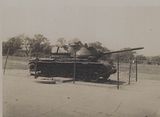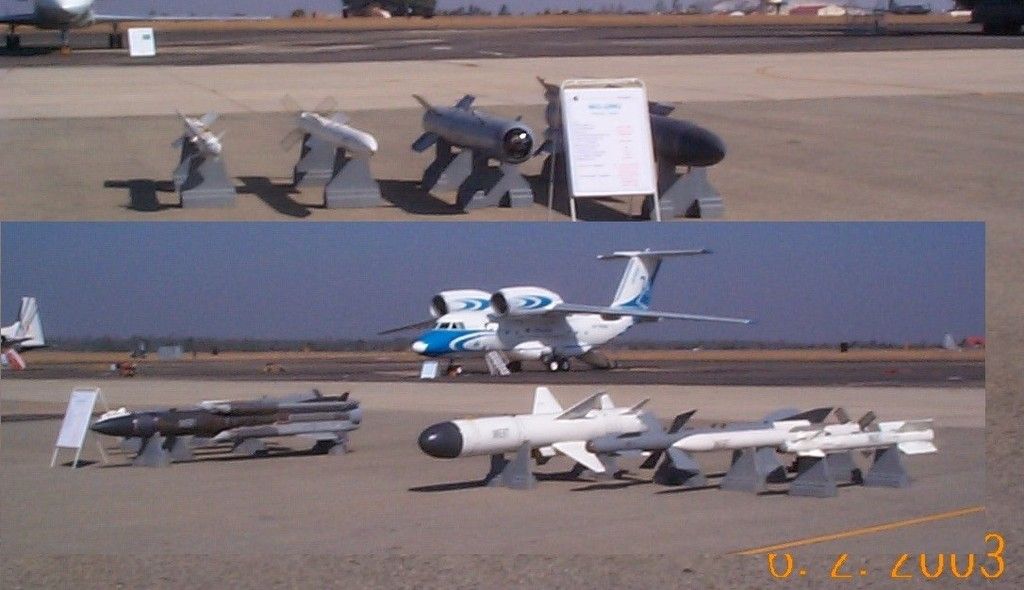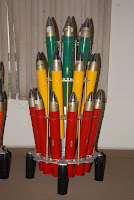Let me start with a few introductory remarks
What makes any munition destructive? The most dumbed down answer would be that the destructive power of a munition is its ability to cause critical and irreversible damage to its target.
In Bangalore, not far from where I live, is an ancient temple and there is a stone pillar in front of that temple which bears a scar from a British cannonball that struck it while they were fighting Tipu Sultan. The pillar stands because the cannonball was not an exploding one and it bounced off, simply chipping the pillar. Perhaps if the cannonball had exploded on contact, the pillar would have collapsed.
That brings me to two separate aspects of "destructive potential" of ballistic projectiles. One is kinetic energy and the other is explosive potential. A high speed bullet from an assault rifle does not explode. It's damage is caused by its speed and weight - i.e kinetic energy. Projectiles that explode like modern artillery shells use explosive power to add to the damage.
The Brahmos is advertised as a deadly weapon because it combines very high kinetic energy with the explosive power of 300 kg of high explosive.
Most air to air missiles are designed to kill with "near misses". The missile has a fuse that makes it explode somewhere near the target and the shrapnel and blast are supposed to cripple the aircraft. Hand thrown grenades are like that. Newer American anti ballistic missile designs are supposed to be "kinetic kill" where they kill simply by actually colliding with the target at high velocity. No explosion.
The American Small Diameter Bomb is mainly a kinetic energy weapon for penetration. But penetration of hard targets has always been an issue and a whole thread can be filled up. In 1970 I visited Kolkata and was absolutely fascinated to see a Paki tank with 25 cm thick armour (from Asal Uttar, 1965 war) on display. The armour had -2-3 holes in it where the metal appeared to have melted. If you see the enlarged image by clicking on the thumbnail below you can see the holes in the turret. They were just about 5-6 cm in diameter. My hand would not go through.
What caused them? How was the tank crippled? They were probably caused by armour piercing rounds - perhaps shaped warheads that melted a hole in the metal and sprayed white hot metal on to the occupants of the tank, killing them instantly

So let me come to questions that could spark some discussion
What targets would we need to hit in war?
1. Runways
2. Radars
3. Aircraft shelters
4. Ammunition dumps, fuel tanks, refineries
5. Command and Communication (hardened bunkers)
6. Area targets - vehicles, tanks, troops, supplies
7. Transport infrastructure like bridges
8. Convoys of troops, trains, tanks and trucks
9. Missile launch sites
10. Artillery pieces
11. Water and electric supply (transformers, substations, storage tanks)
12 Targets of opportunity
What are the classes of munitions that would be most appropriate for these?






